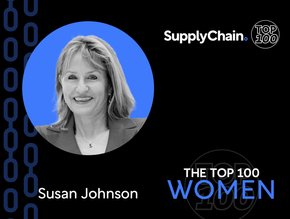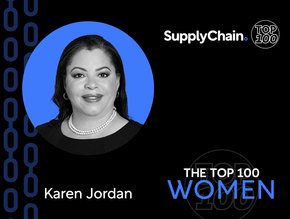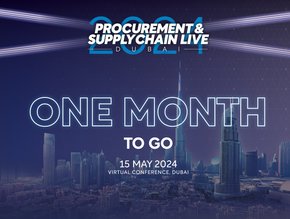Big data "key to reducing food waste", says new report

Rising costs of food wastage and legislation aimed at reducing the problem is motivating organizations to use big data in order to combat the issue.
The inaccurate forecasting of increasing consumer demand, which can lead to huge piles of wasted food, can be alleviated by analyzing waste streams and determining an “optimum inventory level”, according to Quantzig.
The analytics and advisory firm said: “Big data analytics helps in addressing business problems, benchmarking performance metrics and thereby implementing best practices across the organisation, improving efficiency and driving profitability.”
Such is the problem of food wastage - the United Nations has reported that approximately one third of food produced worldwide is wasted - some nations, including Italy and France, have ordered food retailers to donate food rather than throw it away.
Quantzig, which has worked with hundreds of companies in the food and beverage industry, has outlined key processes to manufacturers and retailers that should be adopted to address this issue in the food supply chain:
Leveraging data analytics
The report states that data should be collated on stores and locations that generate the highest wastage levels, which increases costs to the companies and infringes upon legislation for dealing with food wastage.
This data can then be used to adjust supply accordingly to these locations. A constant monitoring and analysing of this data, adjusting for differing demands and seasonal trends, can improve a company's waste management issues.
Optimum inventory level
By analysing sales information, weather forecasts and seasonal trends, manufacturers can find an “optimum inventory level”, which they can then use to reduce the effects of food wastage.
Predictions of consumer demand at certain times can then be made and promotional plans and sales approaches can be structured around sell-by and expiration dates. Again, this is intended to cut down the food wastage and the knock-on environmental and cost issues that arise.
Quantzig said: "Big data is a catch-all phrase that includes structured and unstructured data that is obtained from a variety of internal as well as external sources captured in real time to identify trends and demand-supply patterns."
"Data-driven supply chain and sales analytics, and such support offered by Quantzig, can then be used to produce actionable insights that lead to a reduction in food wastage. This can be invaluable in helping businesses deal with legislation, cut costs and reduce any negative effects on the environment."
- Top 10: Women in Supply Chain and Procurement in APACProcurement
- Dumarey Streamlines Suppliers with BearingPoint and JAGGAERSupplier Relationship Management (SRM)
- Explained: What is the SBTi’s Land Transport Guidance?Sustainability
- Top 100 Women 2024: Taryn Thompson, Bank of America – No. 4Sustainability






